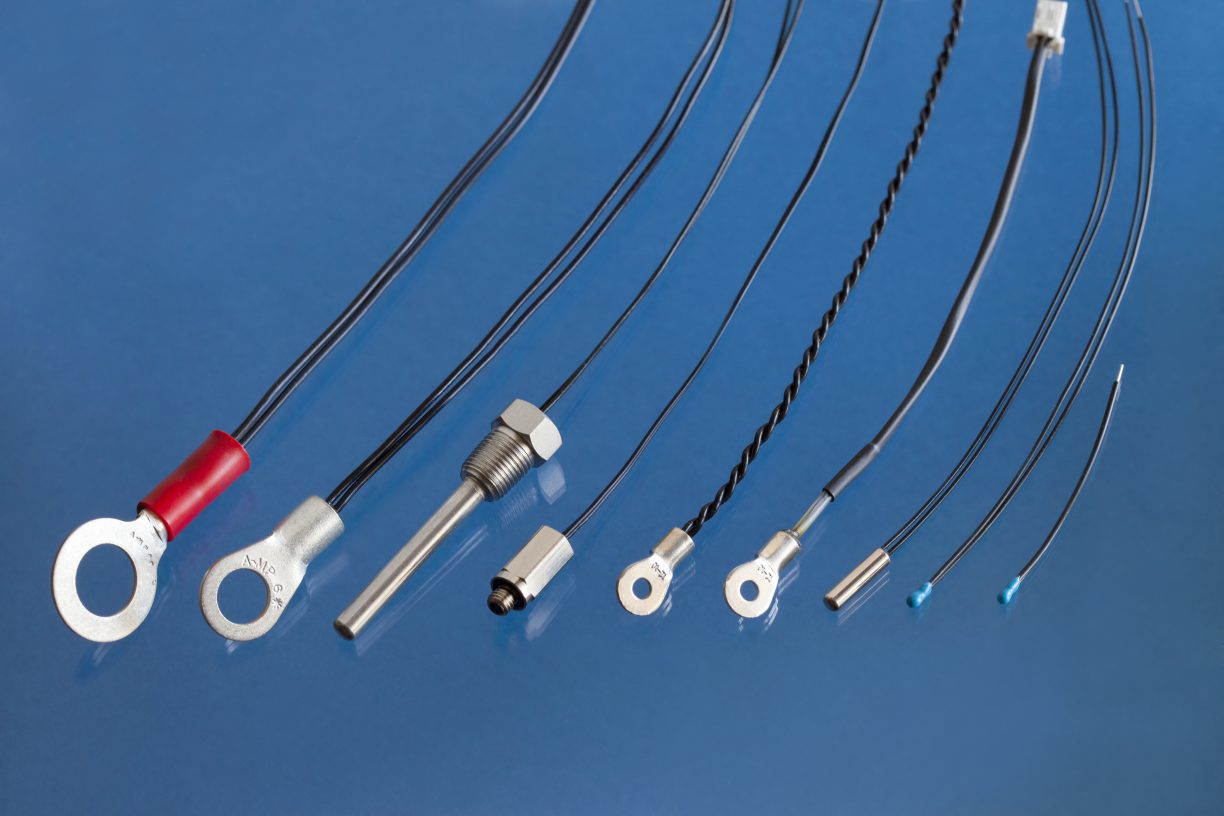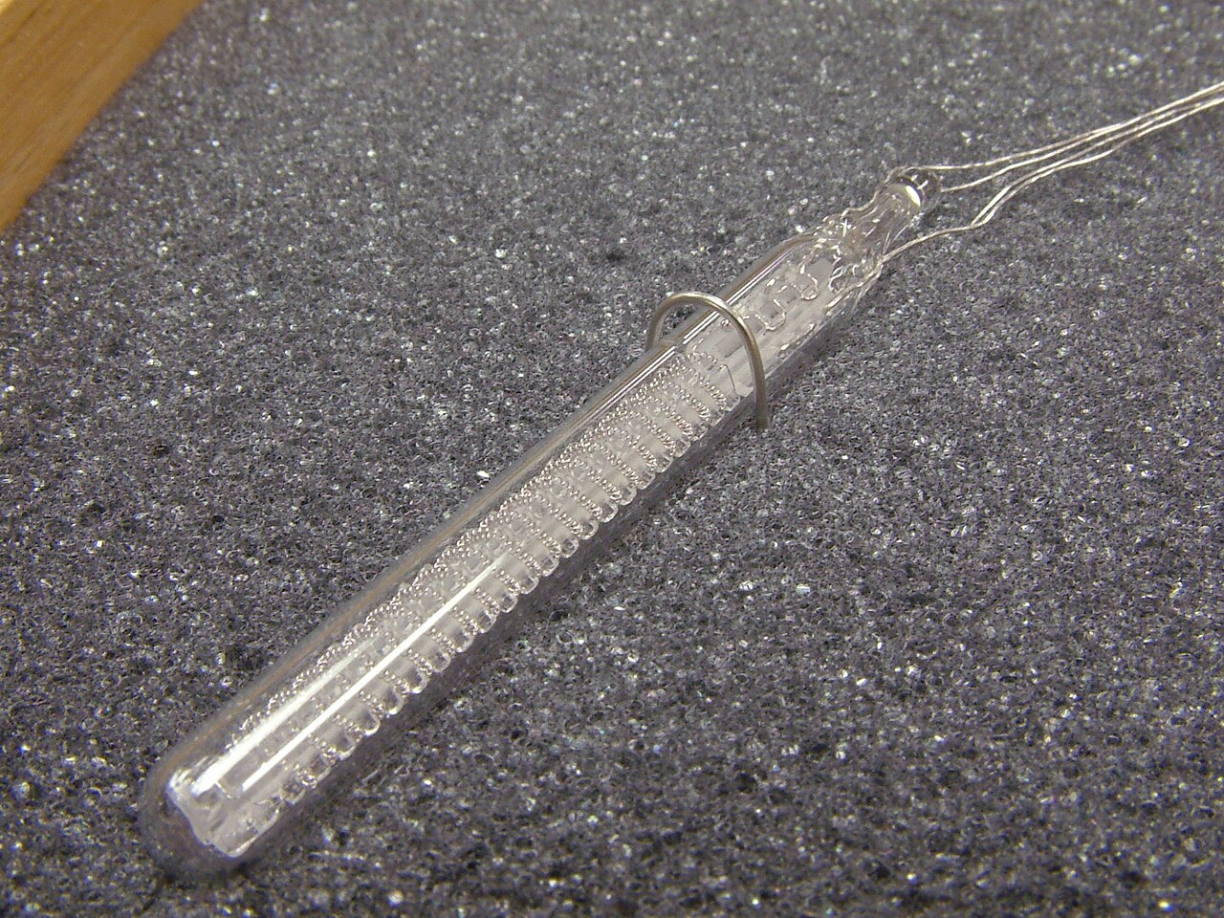Temperature measurement is a crucial aspect of many industries, from manufacturing and electronics to healthcare and automotive. When it comes to selecting the right temperature sensor, two popular options are NTC thermistors (Negative Temperature Coefficient thermistors) and RTDs (Resistance Temperature Detectors). In this blog post, we’ll explore what NTC thermistors and RTDs are, discuss their strengths and weaknesses, and help you make an informed decision based on your specific application needs.
What Are NTC Thermistors and RTDs?
NTC Thermistors:
- NTC thermistors are temperature-sensitive resistors made from semiconductor materials. Their electrical resistance decreases as temperature increases, following a negative temperature coefficient (hence, NTC). In other words, their resistance drops as they get warmer.
- NTC thermistors are known for their high sensitivity to temperature changes, compact size, and cost-effectiveness.

RTDs (Resistance Temperature Detectors):
- RTDs are temperature sensors that rely on the change in electrical resistance of pure metals or thin-film elements as temperature changes. Platinum RTDs are the most common type, prized for their high accuracy and stability.
- RTDs follow a positive temperature coefficient (PTC) because their resistance increases as temperature rises.
- Platinum RTDs have a well-defined resistance-temperature relationship, often following the Callendar-Van Dusen equation, which allows for precise temperature measurement.

Strengths and Weaknesses
Let’s take a closer look at the strengths and weaknesses of NTC thermistors and RTDs:
NTC Thermistors:
Strengths:
- High sensitivity to temperature changes, making them suitable for precise temperature control.
- Compact and cost-effective.
- Quick response times, making them ideal for applications where rapid temperature changes need monitoring.
Weaknesses:
- Limited temperature range compared to RTDs.
- Resistance-temperature curve may not be as well-defined, leading to slightly less accuracy in some cases.
RTDs:
Strengths:
- Excellent accuracy and stability over a wide temperature range.
- Well-defined resistance-temperature relationship, enabling precise and consistent measurements.
- Ideal for high-precision applications and critical temperature monitoring.
Weaknesses:
- Slower response times compared to NTC thermistors.
- Typically more expensive and larger in size.
Common Applications For NTCs and RTDs
Now, let’s explore the most common applications for both NTC thermistors and RTDs:
NTC Thermistors:
- HVAC systems: Used for temperature control and monitoring in heating, ventilation, and air conditioning systems.
- Automotive: Employed in engine temperature monitoring, climate control, and battery management systems.
- Medical devices: Used in temperature-sensitive medical equipment like thermometers and incubators.
- Industrial processes: Applied in industrial equipment to monitor and control temperature in various manufacturing processes.
RTDs:
- Laboratory and scientific research: Ideal for high-precision temperature measurements in laboratories and research facilities.
- Aerospace and aviation: Used in aircraft and spacecraft for temperature monitoring and control.
- Petrochemical and pharmaceutical industries: Employed in critical processes where accuracy is paramount.
- Food and beverage industry: Utilized for precise temperature control in food processing and storage.
Conclusion
In the NTC thermistors vs. RTDs debate, there is no one-size-fits-all answer. The choice depends on your specific application requirements. NTC thermistors are great for applications that demand high sensitivity, quick response times, and cost-effectiveness. On the other hand, RTDs shine in situations that require exceptional accuracy, stability, and a wide temperature range. To make an informed decision, carefully assess your temperature measurement needs and select the sensor that aligns best with your objectives.
Ametherm thanks you for taking the time to read our Blog posts. If you have any questions, please contact us, or fill out the form below and we will respond right away.
Visit Our Distributors to See Availability of Our Temperature Sensors and Inrush Current Limiters





